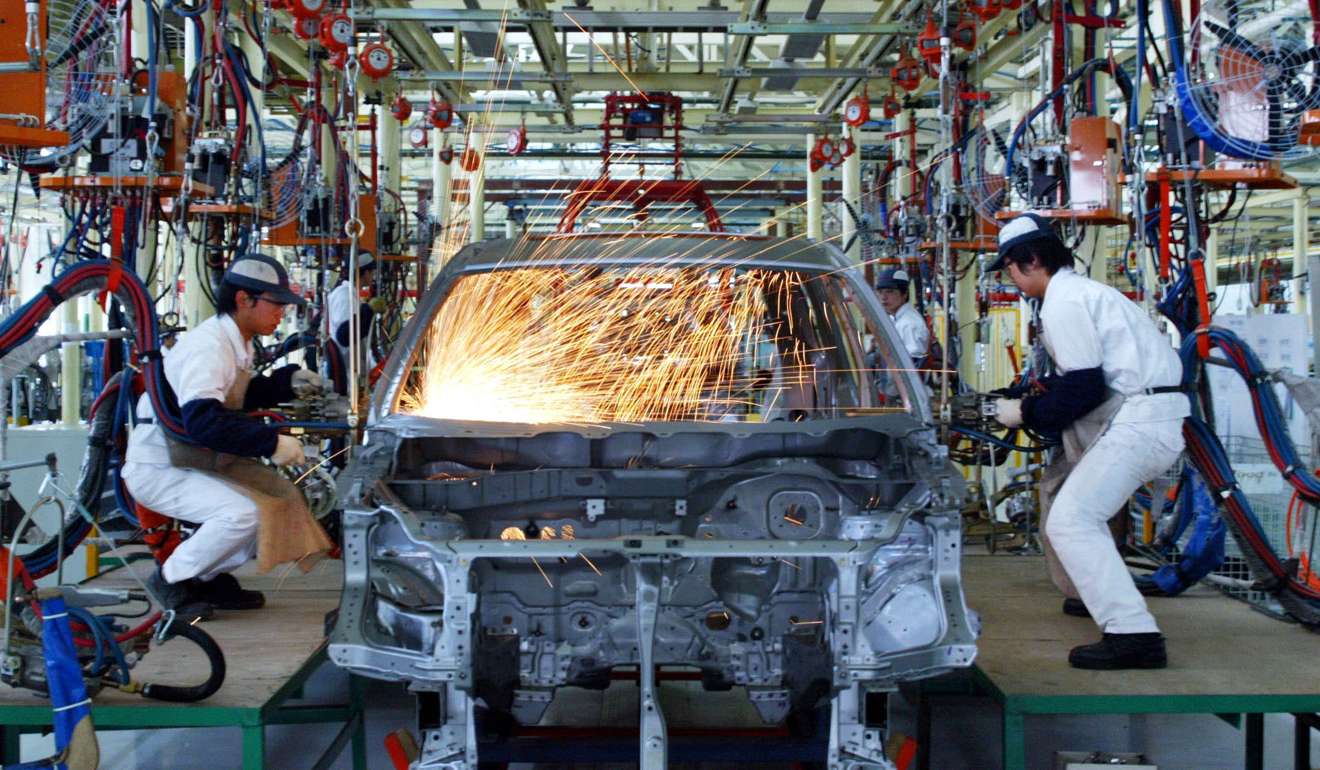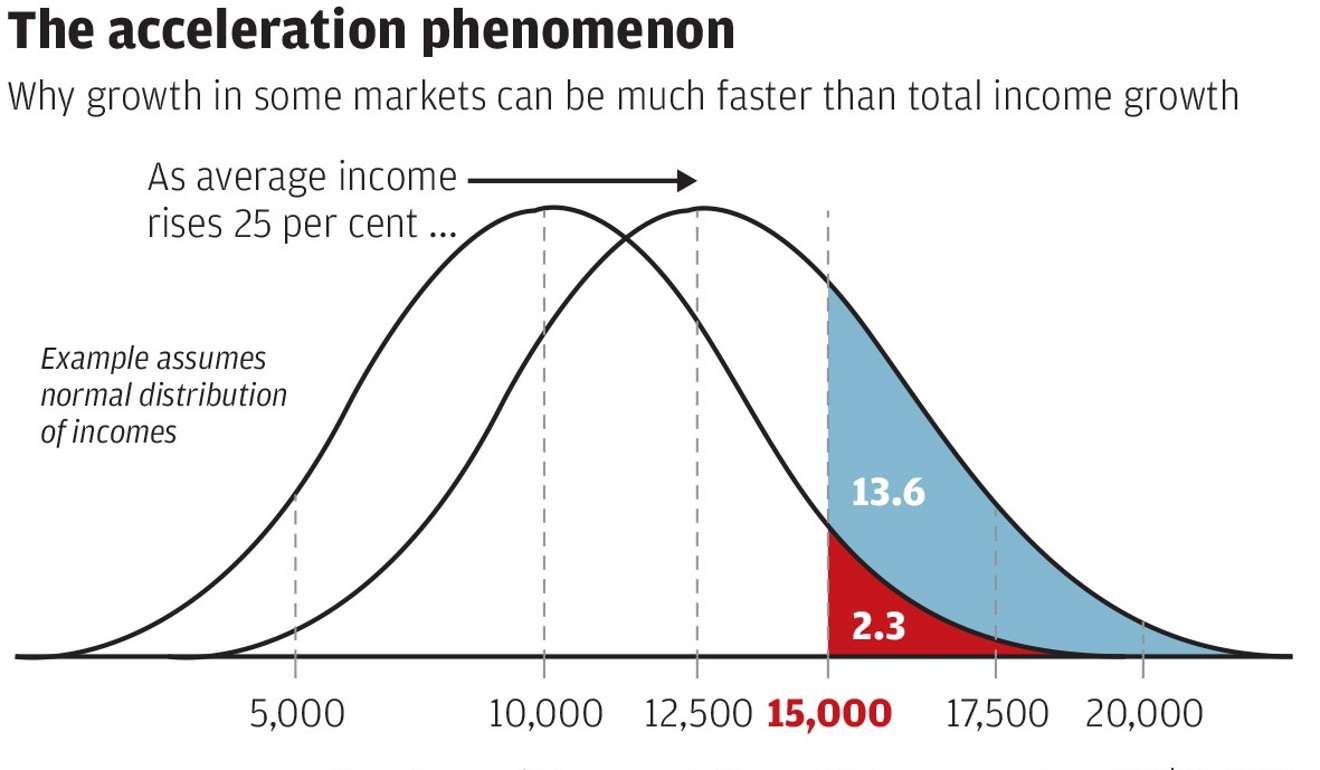
Why China’s SUV sales can accelerate even as the economy slows
The current spending splurge is not a last hurrah of Chinese consumers on the eve of a debt crisis – but a sign of something far healthier
Last month Beijing’s bean counters announced that China’s economic growth rate fell to 6.7 per cent in 2016, its lowest since 1990. The slowdown was no surprise. In an economy plagued by industrial overcapacity, much of it funded by a rapid accumulation of debt, policymakers are attempting to pull off the delicate trick of eliminating excess capacity while restructuring debt and achieving deleveraging. The inevitable result is weaker growth.
Two Asian ideas of social welfare that will never get off the ground
But no one seems to have told Mr and Mrs Wong. Despite slowing growth, China’s archetypal consumers are spending more lavishly than ever before, and on more expensive goods and services.
Consider China’s car sales. Last year sales of passenger cars hit a record 24 million. And the fastest-growing segment of the market was the top end in terms of price. While sales of basic saloon cars have been stable for the last three years, over the same period the sales of pricier sports utility vehicles (SUVs) and seven-seater people-movers have tripled. This year, sales of the more expensive models are expected to overtake those of traditional entry level autos for the first time.

Chinese-led free-trade block is ill-conceived fantasy
So what’s going on? Is the current spending splurge the last hurrah of an overleveraged consumer on the eve of an inevitable debt crisis as the economy slows? Or is everything we’ve heard about unsustainable debt, enormous industrial overcapacity and slowing growth as wide of the mark as all the other warnings of Chinese economic collapse over the recent years?
The answer is neither. What’s actually happening is far more interesting. In reality both trends – booming high-end consumer sales and over-investment in redundant industrial capacity – are natural, albeit poorly understood, consequences of an economy that is advancing from one phase of development to the next.

First, the overcapacity in heavy industrial sectors. Let’s take steel as an example. For much of the last couple of decades, China has been engaged in upgrading its housing stock and in building much-needed new infrastructure. Constructing all those tower blocks, power stations, railways and bridges needed an awful lot of steel. And to produce all that steel, China needed a lot of new steel mills, which themselves had to be built largely of steel.
Why Jakarta needs to read up on 15th-century England
As a result, in recent years as much as 20 per cent of China’s steel production went towards building new steel production capacity, much of it funded by debt. Naturally as the infrastructure building slowed, China needed fewer new steel mills, which left it sitting on vast excess production capacity, which now has to be eliminated.
It’s a familiar process, which has happened before elsewhere, notably in Japan and Korea.

The real reason governments want to steal our cash
The main reason for accelerating SUV sales is not ballooning household leverage, but something altogether healthier. As investment in China slows, the economy is gradually rebalancing towards the consumer, which means average incomes can continue to grow relatively strongly even as overall growth slows. And as average incomes rise, more and more households join the ranks of the affluent, where they choose to buy extravagant SUVs, rather than modest saloon cars.


Don’t believe the economic horror stories about China
In other words, a relatively modest 25 per cent increase in average household income leads to a seven-fold rise in the sales of SUVs, adventurous holidays and ludicrously expensive rice cookers from Japan.
This is what we are seeing in China today. Sales of high-end consumer goods and services are ballooning even as economic growth slows and the traditionally all-important heavy industrial sector downsizes and deleverages. What’s more, there is no contradiction involved. It’s a natural sign of economic development. ■
Tom Holland is a former SCMP staffer who has been writing about Asian affairs for more than 20 years

